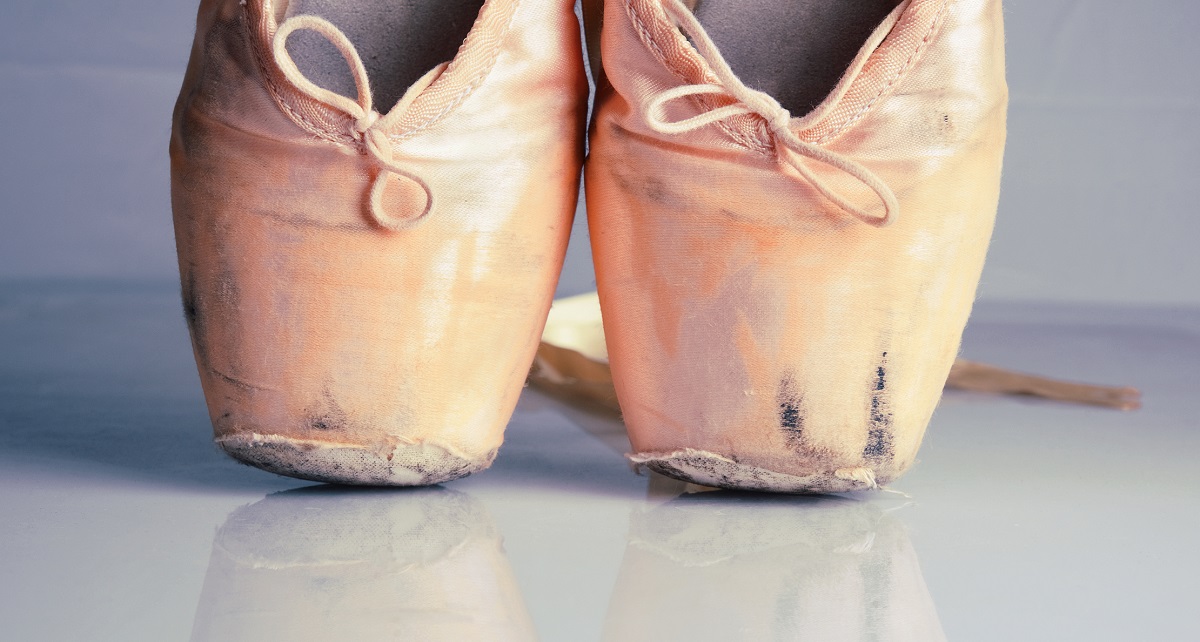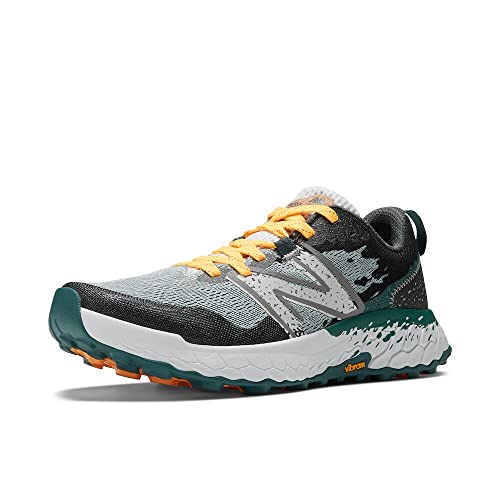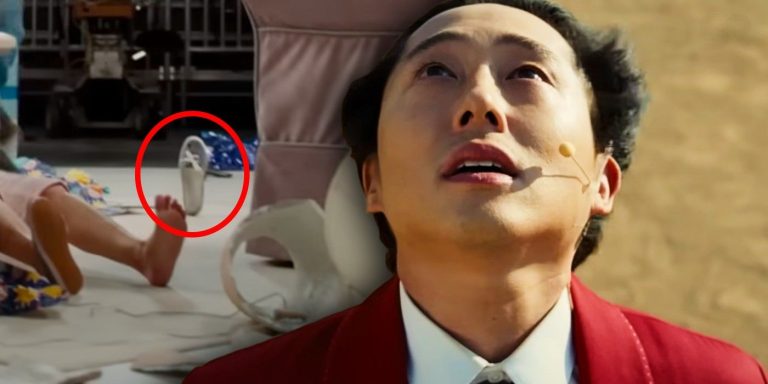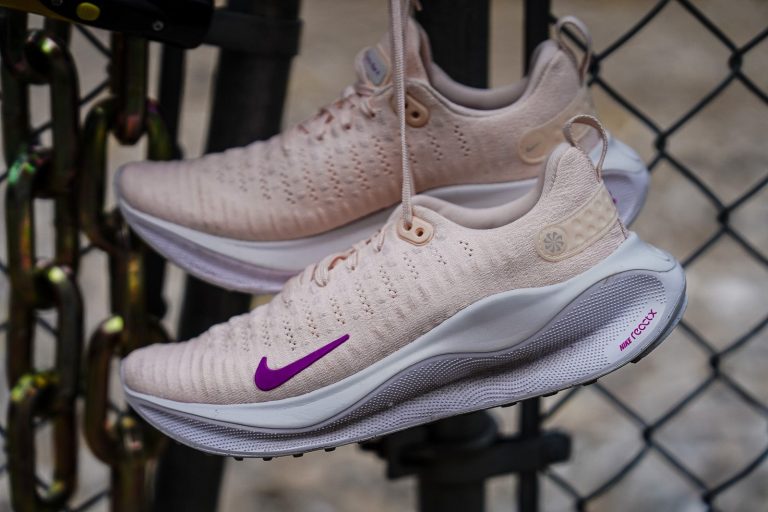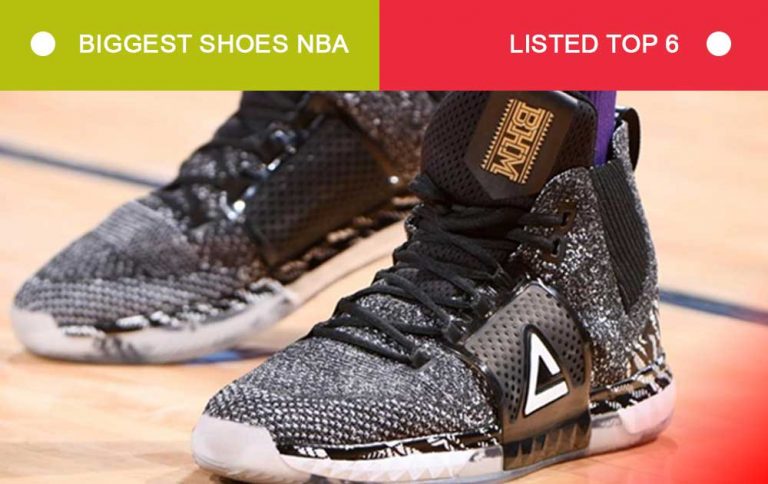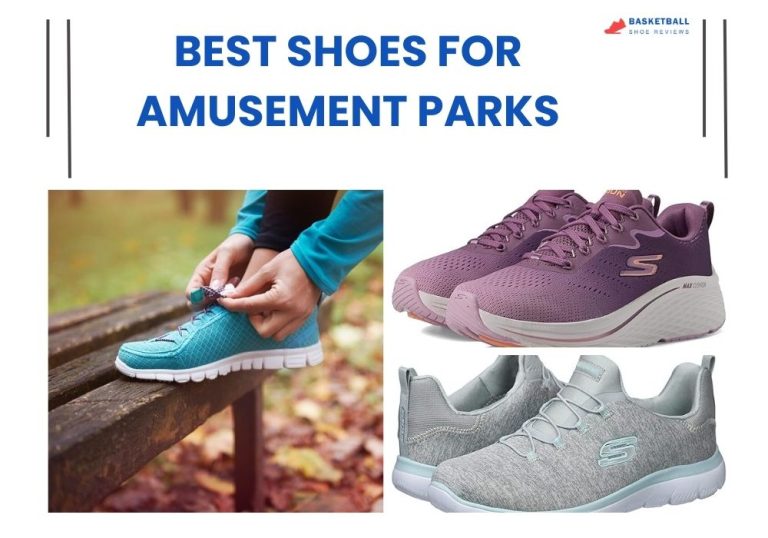Do Pointe Shoes Hurt?
Pointe shoes can cause discomfort and pain due to the pressure on the toes and feet. However, proper fitting and technique can minimize discomfort and prevent injury.
Pointe shoes can be a source of discomfort and pain because of the pressure they exert on the toes and feet. Dancers who wear pointe shoes often experience blisters, calluses, and even injuries such as sprained ankles or stress fractures.
However, it is important to note that with proper fitting and technique, the discomfort can be minimized and the risk of injury greatly reduced. We will discuss why pointe shoes can be painful, how to choose the right pair and provide tips for finding relief and preventing injuries. So, let’s dive in and explore the world of pointe shoes and their impact on dancers.
Understanding The Mechanics Of Pointe Shoes
Do pointe shoes hurt? This is a question that many aspiring ballet dancers ask themselves. Pointe shoes are an essential tool for dancers, allowing them to perform on their toes and create the illusion of weightlessness. However, these shoes can also cause discomfort and even pain if not properly fitted or used incorrectly. To better understand why pointe shoes can be uncomfortable, it’s important to delve into the mechanics behind these specialized footwear.
An Overview Of Pointe Shoes
Pointe shoes are specifically designed to support a dancer’s feet while they perform on their toes. These shoes have a rigid box at the front, known as the toe box, which provides a platform for the dancer’s weight distribution. The shank of the shoe, often made of layers of cardboard or plastic, offers stiffness to support the arch of the foot, while the outsole provides traction and durability.
Exploring The Structure And Components Of Pointe Shoes
The structure of pointe shoes can vary depending on the brand and model, but they generally consist of several key components. The upper part of the shoe is usually made of satin or canvas and covers the foot, while the vamp refers to the portion that covers the toes. The box, as mentioned earlier, encases the front of the foot and is typically made of multiple layers of sturdy materials such as fabric, glue, and hardened cardboard or plastic. The shoe’s ribbons and elastic are used to secure the shoe to the foot, offering stability and preventing excessive movement.
Furthermore, there are different variations of pointe shoes designed to accommodate various foot shapes, such as tapered, square, or Egyptian. It’s important for dancers to find the right fit and shoe style that suits their individual foot structure to minimize discomfort and promote proper technique.
The Impact Of Pointe Shoes On Foot Alignment
As dancers progress in their training and begin dancing en pointe, the repetitive impact and pressure on the feet can gradually affect foot alignment. The shape and fit of pointe shoes play a crucial role in supporting the natural alignment of the foot during movement. Ill-fitting or poorly constructed pointe shoes can contribute to issues such as bunions, hammertoes, and overall foot misalignment.
It is essential for dancers to work closely with a knowledgeable professional, such as a dance instructor or experienced fitter, to ensure they are using the correct pointe shoes for their feet. Regular evaluations and shoe fittings can help prevent and address any discomfort or potential foot problems that may arise.
In conclusion, understanding the mechanics of pointe shoes is vital to grasp why they can cause discomfort. By considering the shoe’s structure, components, and their impact on foot alignment, dancers can make informed decisions and take appropriate measures to minimize any potential pain or discomfort associated with wearing pointe shoes.
The Factors Contributing To Discomfort In Pointe Shoes
Pointe shoes are an essential tool for ballet dancers, enabling them to express themselves through the beauty and grace of their movements. However, many dancers often wonder why something designed to enhance their performance can cause so much pain and discomfort. While pointe shoes are meant to fit snugly and provide support, several factors can contribute to the discomfort experienced in these iconic ballet shoes. In this article, we will explore three key factors that can make pointe shoes hurt: Foot Anatomy and Individual Differences, Proper Pointe Shoe Fit and Sizing, and The Role of Ribbons, Elastic, and Toe Pads.
Foot Anatomy And Individual Differences
The first factor contributing to discomfort in pointe shoes is foot anatomy and individual differences. Every dancer’s foot is unique, with variations in arch shape, toe length, and width. The shape and strength of the foot’s bones, tendons, and ligaments also differ from person to person. These individual differences can influence how a dancer’s foot interacts with the pointe shoe. While some dancers may have high arches that require more support, others may have flatter feet that necessitate extra cushioning. Understanding and accommodating these individual differences is crucial in reducing discomfort in pointe shoes.
Proper Pointe Shoe Fit And Sizing
The second factor contributing to discomfort is improper pointe shoe fit and sizing. Ballet dancers rely on their pointe shoes to provide stability and control during their movements. However, if the shoes are either too tight or too loose, they can cause discomfort and pain. Tight shoes can put excessive pressure on the toes, leading to blisters, corns, and bunions. On the other hand, loose-fitting shoes can result in lack of support and instability, increasing the risk of injury. Achieving the perfect fit and sizing is crucial in minimizing discomfort and maximizing performance. Therefore, dancers should consult with knowledgeable professionals, such as ballet instructors or experienced pointe shoe fitters, to ensure they get the right size and fit for their feet.
The Role Of Ribbons, Elastic, And Toe Pads
The third factor contributing to discomfort in pointe shoes is the role of ribbons, elastic, and toe pads. These accessories play a vital role in providing additional support and comfort to dancers. Ribbons and elastic secure the shoes to the feet, preventing them from slipping off during lively and vigorous movements. However, if tied too tight, they can constrict blood flow and cause discomfort. Toe pads, made of gel or fabric, help cushion the toes and reduce friction between the foot and the shoe. However, improper placement or excessive padding can alter the fit and cause discomfort. Therefore, finding the right balance and properly using these accessories is essential in minimizing pain and discomfort in pointe shoes.
Debunking Common Myths About Pointe Shoe Pain
Pointe shoes are an essential tool for ballet dancers when it comes to performing on their toes. However, there are several myths surrounding the comfort levels of these iconic shoes that can be confusing for aspiring dancers. In this article, we will debunk some common myths about pointe shoe pain and provide you with a clearer understanding of what to expect when dancing en pointe.
Myth 1: Pointe Shoes Are Always Painful
Contrary to popular belief, pointe shoes are not always painful. While it is true that dancers may experience some discomfort when initially starting pointe work, the pain should never be overwhelming or unbearable. Pain that occurs beyond a manageable level can indicate an ill-fitting or improper pointe shoe technique.
| Causes of Pointe Shoe Pain: | Solutions: |
|---|---|
| The wrong size or style of pointe shoe | Consult a professional fitter to ensure the correct fit |
| Inadequate strength or technique | Strengthen the feet and work on proper alignment under the guidance of a trained instructor |
Myth 2: Pain In Pointe Shoes Is Always Normal
Many dancers believe that pain in pointe shoes is a normal part of the ballet journey. While some discomfort may be expected, excessive pain is not a normal or necessary part of dancing in pointe shoes. Pain is often an indication that something is wrong, whether it be an issue with technique, shoe fit, or foot strength.
Myth 3: Pain Equals Progress
Another common misconception is that pain is a sign of progress in pointe work. However, pain should never be equated with progress. Progress in pointe work should be measured by mastering technique, improving strength, and developing artistry rather than enduring unnecessary pain.
In conclusion, it is important to debunk these common myths surrounding pointe shoe pain. Pointe shoes are not always painful, excessive pain is not normal, and pain should never be considered a sign of progress. By understanding these truths, aspiring ballet dancers can approach pointe work with a more informed and empowered mindset.
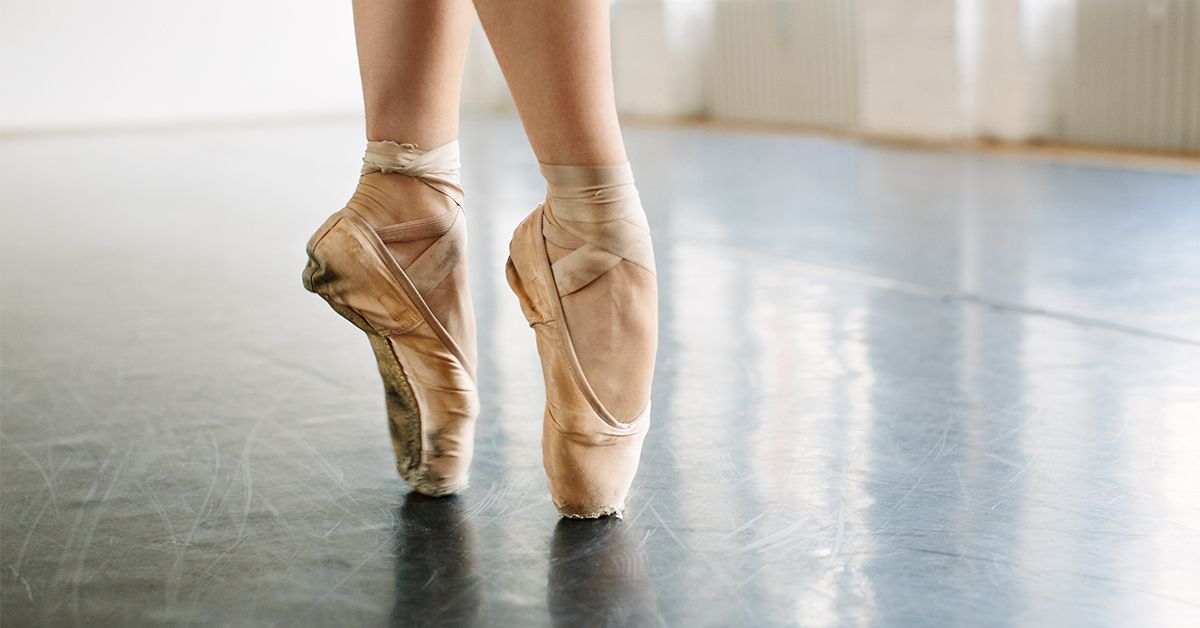
Credit: www.healthline.com
Preventing And Managing Pain In Pointe Shoes
Pointe shoes are an essential element of a ballet dancer’s attire, allowing them to achieve those breathtaking moments of grace and elegance on stage. However, it’s no secret that pointe shoes can be uncomfortable and even painful at times. The good news is that by taking certain preventative measures and implementing effective pain management techniques, dancers can minimize discomfort and continue to excel in their performances. In this post, we will explore various strategies for preventing and managing pain in pointe shoes, including strengthening and conditioning exercises, proper foot care and hygiene, and addressing common foot issues and injuries.
Strengthening And Conditioning Exercises For Pointe Dancers
One of the most effective ways to prevent pain in pointe shoes is through regular strengthening and conditioning exercises. These exercises not only enhance the dancer’s overall muscle strength but also target specific areas that are crucial for pointe work.
Some key exercises to incorporate into your routine include:
- Calf raises: Stand on the edge of a step or sturdy platform with your heels hanging off the edge. Rise up onto your toes and then slowly lower back down. Repeat this motion for several reps to strengthen the calves.
- Ankle strengthening exercises: Use a resistance band or a theraband to perform exercises that target the muscles around the ankle joint. These exercises can help improve stability and prevent ankle injuries.
- Intrinsic foot muscle exercises: Place small towels or balls under your arches and try to scrunch up your toes to grip them, holding for a few seconds before releasing. This exercise activates the intrinsic foot muscles, which play a vital role in supporting the arches.
- Core exercises: Strengthening your core muscles helps maintain balance and stability while en pointe. Incorporate exercises such as planks, side planks, and Pilates into your regular workout routine.
Proper Foot Care And Hygiene
In addition to strengthening exercises, proper foot care and hygiene are essential for preventing pain in pointe shoes. Neglecting these aspects can contribute to discomfort and even foot-related injuries.
To ensure optimal foot care:
- Trim your toenails: Keeping your toenails neatly trimmed helps prevent ingrown nails and discomfort while dancing.
- Moisturize your feet: Regularly moisturize your feet to prevent dryness and the development of calluses. However, avoid applying lotion between the toes, as excessive moisture can lead to fungal infections.
- Wear toe spacers: Toe spacers can help alleviate pressure and prevent the toes from crowding together, reducing the risk of corns and bunions.
- Invest in good quality padding: Use toe pads, cushions, or gel inserts to provide extra cushioning and protection for areas prone to blisters or pressure points.
Addressing Common Foot Issues And Injuries
Despite our best efforts, foot issues and injuries can still occur while wearing pointe shoes. It is important to address these problems promptly to prevent further discomfort and complications.
If you experience any of the following common foot issues or injuries, take appropriate action:
| Issue/Injury | Treatment |
|---|---|
| Blister | Clean the area, apply a blister pad, and avoid popping the blister. If it pops, keep it clean and covered until healed. |
| Bunion | Wear appropriate padding, use toe spacers, and consider consulting a podiatrist for further treatment options. |
| Ingrown toenail | Soak the affected foot in warm water, gently lift the edge of the ingrown nail, and place a small piece of cotton underneath to encourage proper growth. If the ingrown toenail persists or becomes infected, seek professional medical guidance. |
| Arch pain | Rest, ice the area, and perform appropriate stretches to alleviate tension. If the pain persists, consult a healthcare professional for further evaluation. |
By implementing these preventative measures and employing proper pain management techniques, dancers can minimize discomfort and enjoy their pointe work to the fullest. Remember, taking care of your feet is crucial for maintaining your passion and excelling in ballet.
Optimizing Comfort For Pointe Shoe Dancers
Aspiring ballerinas know the undeniable beauty and grace that comes with dancing on pointe. However, one of the most common concerns among dancers is the discomfort associated with pointe shoes. While it is true that pointe shoes can cause discomfort, there are ways to optimize comfort and minimize pain. In this article, we will discuss some valuable tips and strategies that can help pointe shoe dancers achieve a more comfortable and painless dancing experience.
Tips For Breaking In Pointe Shoes
Breaking in pointe shoes is an essential step in achieving a customized and comfortable fit. When you first purchase a new pair of pointe shoes, they can feel stiff and tight, causing pain and blisters. However, with proper breaking-in techniques, you can gradually mold the shoes to your feet and reduce discomfort. Here are some effective tips to make the breaking-in process easier:
- Start by wearing the shoes for short periods of time, gradually increasing the duration each day. This allows your feet to adjust slowly without causing excessive pain.
- Use toe pads or gel cushions to provide additional cushioning and protection. These can help to alleviate pressure on sensitive areas of the feet.
- Massage and flex your feet when you’re not wearing the shoes. This helps to strengthen the muscles and improve flexibility, leading to a better fit.
- Apply a thin layer of petroleum jelly or specialized pointe shoe wax on areas that rub against your feet. This can prevent friction and reduce the likelihood of blisters.
Adjusting Pointe Shoes For A Customized Fit
Every dancer’s feet are unique, and the standard sizing of pointe shoes may not always provide the perfect fit. To optimize comfort, it may be necessary to make adjustments to your pointe shoes. Here are some methods for achieving a customized fit:
- Visit a professional pointe shoe fitter who can assess your feet and make adjustments to the shoes accordingly. They may suggest widening or narrowing the shoe, adding extra padding, or modifying the shank to better support your arch.
- Experiment with different types of padding to find the most comfortable option for your feet. This can include lambswool, silicone pads, or other specialized inserts.
- Consider sewing elastic or ribbons in slightly different positions to alleviate pressure points or provide additional support where needed.
- Regularly check the fit of your pointe shoes, as feet can change shape over time. It is crucial to have properly fitted shoes to prevent discomfort and injuries.
Strategies For Painless Dancing In Pointe Shoes
While it may be impossible to completely eliminate discomfort when dancing on pointe, there are strategies you can employ to make dancing in pointe shoes as painless as possible. Here are some valuable tips to consider:
- Gradually increase the amount of dancing on pointe to allow your feet to adapt and strengthen over time. Pushing yourself too hard too quickly can lead to unnecessary pain and injuries.
- Practice proper technique and alignment to ensure that your weight is evenly distributed on the shoes. This can alleviate pressure and reduce the likelihood of soreness.
- Pay attention to your body’s signals. If you experience excessive pain or discomfort, take a break and allow your feet to rest and recover.
- Regularly stretch and strengthen the muscles in your feet and ankles. Strong and flexible muscles can better support your body weight and reduce strain on the feet.
By following these tips and strategies, you can optimize comfort and minimize pain when dancing in pointe shoes. Remember, pointe work requires dedication and perseverance, and it’s essential to prioritize your comfort and well-being along the way. With the right techniques and adjustments, you can achieve a pain-free and enjoyable pointe shoe experience.
Conclusion
To sum it up, the discomfort associated with wearing pointe shoes is a common concern among ballet dancers. However, with proper technique, conditioning, and fitting, the pain can be minimized. It is essential to prioritize foot health, take breaks when needed, and seek professional guidance to ensure a safe and enjoyable ballet experience.
Remember, the beauty of dance extends far beyond the temporary discomfort one may experience in pointe shoes. Always prioritize your well-being and passion for dance above all else.

